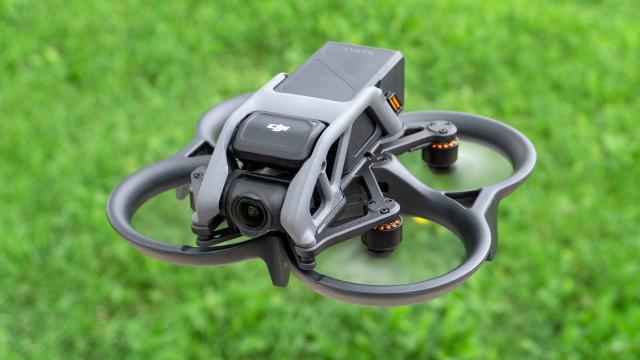Just a few months after DJI officially announced its folding Mini 3 Pro drone with improved obstacle avoidance, the company has followed up with another release for 2022: a radical redesign of the DJI FPV called the Avata, which is the company’s first drone with full propeller guards and is its second drone focusing on a first-person view. These features make it better suited for flights where unplanned impacts are a genuine risk, which was ideal for a beginner pilot like me when I tried it out in the local park for this preview.
The original DJI FPV was a big departure for the company, which has typically targeted its drones at content creators, selling them on their ability to capture compelling aerial footage that looks smooth and stable without requiring the skills of an experienced line-of-sight RC pilot. The FPV instead catered to a growing market of drone pilots who are mostly interested in the thrill of flying and who instead virtually climb into the cockpits of custom-built quadcopters using video goggles that live-stream from their drones. The DJI FPV was built for speed and performance, and traded the folding design and fully-stabilised camera of most of DJI’s offerings for a design that wasn’t anywhere near as portable.
With the Avata, it feels like DJI is trying to bring some of that portability back, so that it’ll be easy to bring the drone to unique shooting locales. At the same time, DJI is making its foray into first-person view drones even more inviting to novice pilots wanting to get into first-person view, video goggle style flying life without needing to build their own drone.

Like the DJI FPV, the DJI Avata positions the drone’s body, including the one-axis gimbal camera (it can only look up and down) and the battery, atop the propellers and motors. Most of DJI’s drones flip that layout upside-down so you can get better shots of the ground, but that’s not the focus here.
The most obvious upgrade to the DJI Avata is an airframe featuring non-removable aerodynamic propeller guards that add strength to the fuselage and protect it, as well as the delicate propeller blades, from minor collisions. The DJI Avata can even automatically right itself if it lands upside-down without any physical intervention.
The Avata is somewhere in the middle of the scale when it comes to weight, at least for small drones. It’s heavier than the Mini 3 Pro, which DJI specifically engineered to weigh less than 250 grams, so that when used for non-commercial recreational purposes, it wouldn’t have to be registered with the FAA. But while the DJI FPV weighed in at 795 grams, DJI has managed to slash that almost in half with the 410 gram Avata. Depending on where you live, the drone may have to be officially registered with your local government, and in my case, also required a beginner’s drone licence to pilot.
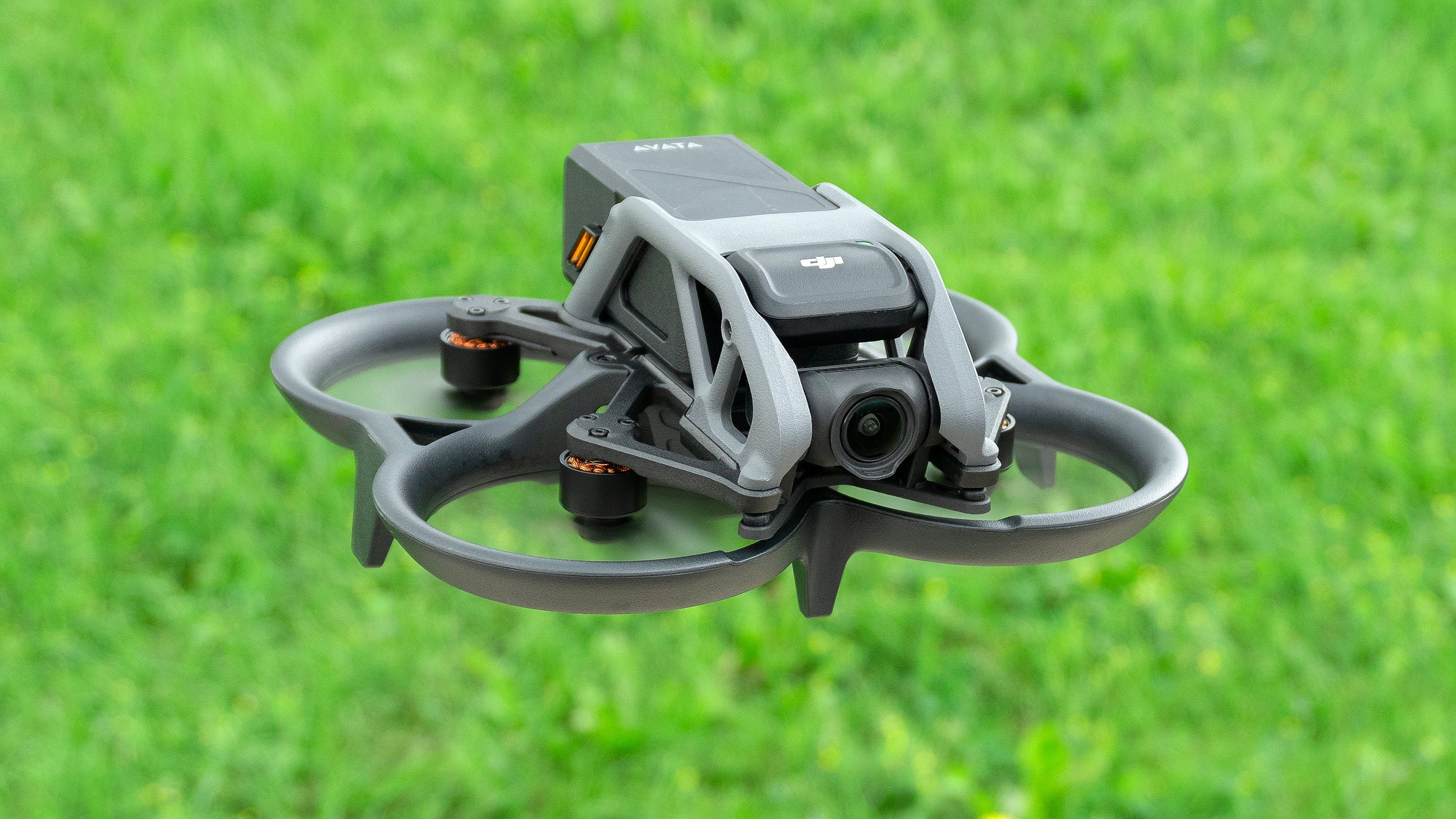
Custom-built FPV drones with on-board cameras (which are often referred to as cinewhoops) usually boast flight times of a few minutes to 10 minutes based on their size, but DJI is promising flight times of up to 18 minutes with the Avata. Will you actually be flying for a solid 18 minutes with a fully charged battery? No. Conditions like wind, the speed of your flight, and even how often you’re climbing and diving will all effect how long the battery lasts. DJI also promises a line-of-sight flight range of 10 kilometers with the Avata, so you also need to factor in the flight time needed for the drone to return to you. But during the handful of test flights I’ve performed so far, where I was definitely taking it easy as a novice pilot, I was able to stay up for well over 10 minutes, and potentially even longer were I not so cautious about running out of battery.

Although the DJI Avata is potentially a more forgiving drone to fly thanks to its propeller guards, it doesn’t have the pair of obstacle avoidance sensors on its front like the DJI FPV did: a casualty of its extreme size reduction. But on the underside, it does have an infrared imaging system and a pair of downward-pointing cameras to help it accurately maintain its current position when its Emergency Brake and Hover mode is activated. These features can also improve indoor flights, where satellite navigation isn’t an option. The downward-facing cameras also assist the Avata’s self-landing functionality, ensuring the drone is coming down someplace safe, and will warn the pilot when an alternate landing location is recommended. During my testing, it was never keen to land on grass, and the system will also detect when it’s flying over water and do its best to avoid a landing there.
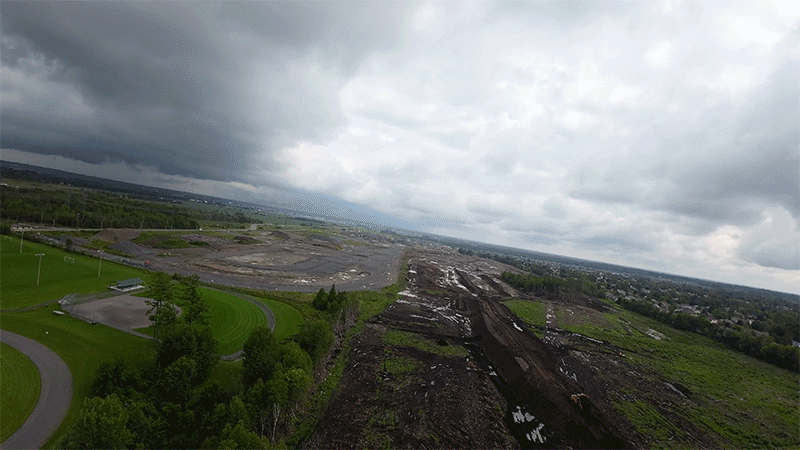
It’s probably not the drone to choose if content creation is your priority, but the DJI Avata does feature a 1/1.7-inch, 48MP CMOS sensor (larger than the one in the DJI FPV) capable of recording 4K video at 60fps, or 2.7K video at 120fps, through a lens with an f/2.8 aperture and slightly expanded ultra-wide 155-degree field of view. Onboard storage has enough capacity for about 20 minutes of video at full 4K resolution, but that can be expanded with a microSD card.
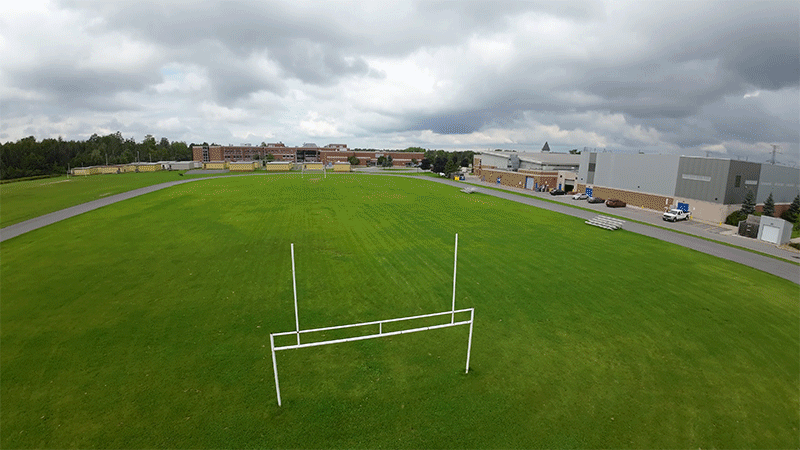
Users can also activate two different electronic image stabilisation modes for smoother footage: RockSteady, which attempts to eliminate all camera shake, and HorizonSteady, which attempts to keep the image perfectly level. But with just a one-axis gimbal, you will see the drone being pushed around by high winds during a flight.
Users have access to two different flight modes when using the DJI Avata with the optionally bundled DJI Motion Controller introduced alongside the original DJI FPV: Normal Mode, where the drone’s speed is reduced and all of the safety features are active, and Sport Mode, where speed is increased and some of the safety features are disengaged. When used with the DJI FPV Remote Controller 2, a Manual Mode is also available, where users have full control over the DJI Avata, including advanced manoeuvrability and speeds over 145 km/h.
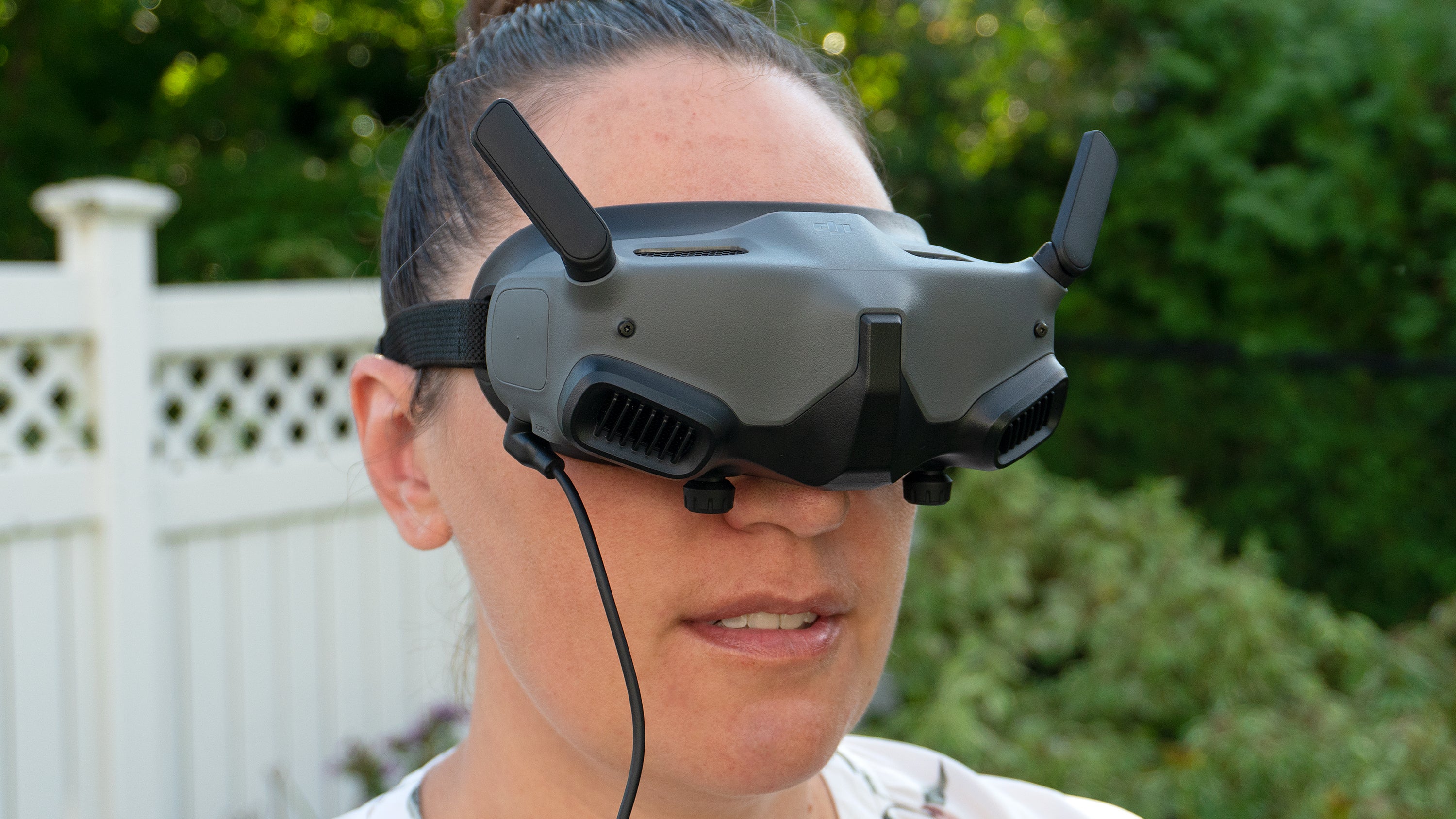
Also debuting today alongside the Avata is the follow-up to the DJI FPV Goggles v2: a much smaller, lighter, and sleeker alternative now simply called the DJI Goggles 2. These come with a simplified strap that just goes around the back of the head. Despite the smaller size, the DJI Goggles 2 now feature a micro-OLED screen with adjustable diopters so, at least in theory, it can allow some people who wear glasses to use the Goggles 2 without them. The new headset now also streams video from the DJI Avata digitally at full 1080P resolution at 100 fps with a latency of just 30 milliseconds, where as its predecessor did 1440×810 at 120 fps.
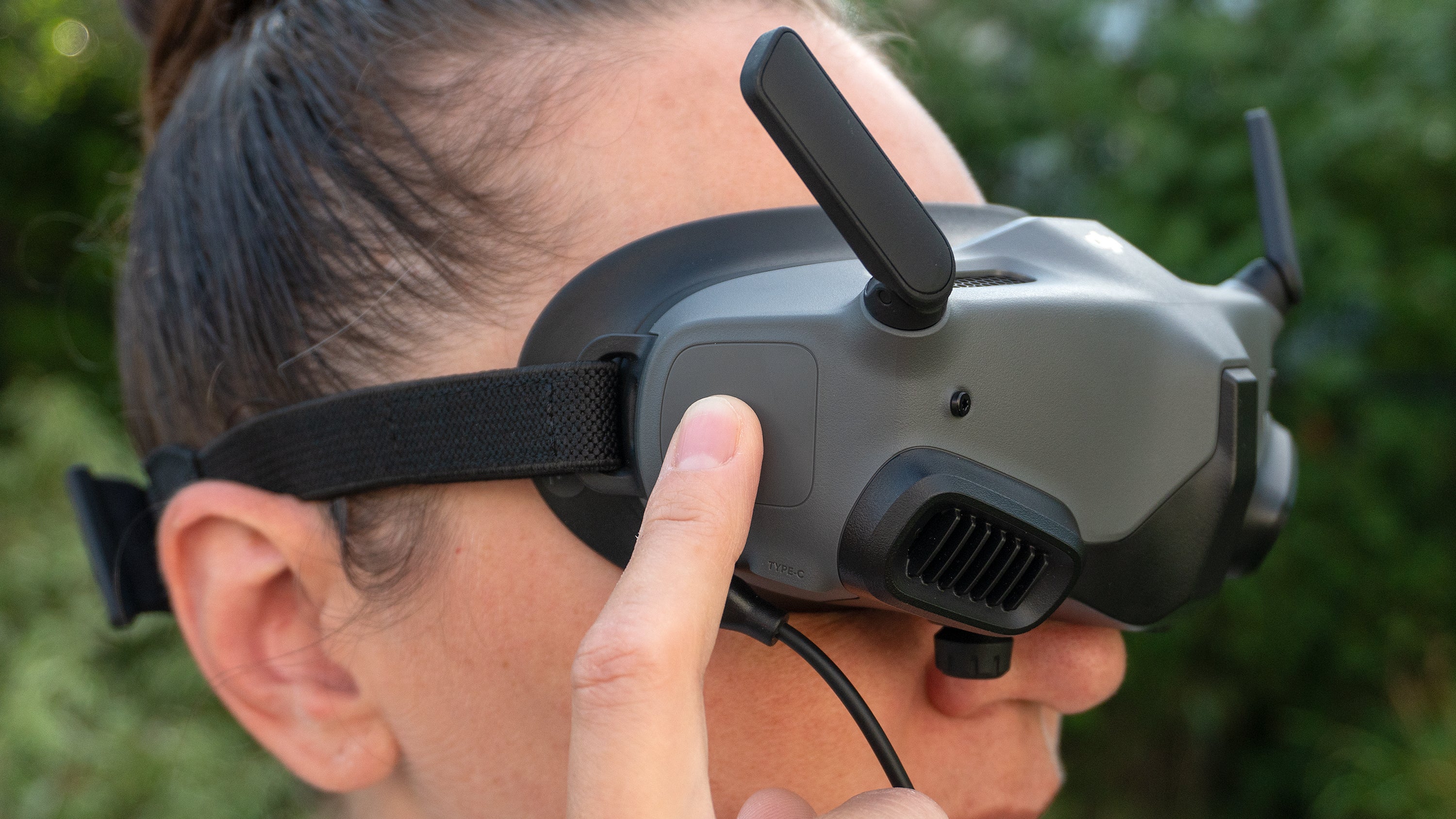
Although buttons are often the preferred choice for accessing controls you can’t see and need to rely on muscle memory for, the DJI Goggles 2 are devoid of any of them. Instead, on the right side of the headset, you’ll find a small finger operated touch pad. Using intuitive swipe gestures, you can access several different menus that slide into view on-screen, and quickly back out of any menu or settings window with a quick double finger tap. It actually works quite well and becomes very intuitive to use over time, but since it’s only positioned on one side of the headset, right-handed pilots using the DJI Motion Controller will have to pause their flight in order to make any quick settings adjustments.

Like the DJI FPV Goggles v2, the DJI Goggles 2 rely on an external battery back that can be stashed in a pocket while physically connected to the headset with a wire. It does help keep the DJI Goggles 2 lightweight and more comfortable to wear, but having the ability to mount this to the back of the headstrap, like some headlamps allow, would certainly be welcome.
The DJI Avata is available starting today from DJI’s online store and most authorised resellers. For those who already have compatible controllers and video goggles, the drone itself is $US629 ($873), but bundles are also available for those who are just getting started. The most expensive option is the $US1,388 ($1,927) DJI Avata Pro-View Combo, which includes the drone, the DJI Motion Controller, and the new DJI Goggles 2 (which don’t appear to be available on their own just yet). For those looking to save a couple of hundred bucks, the $US1,168 ($1,621) DJI Avata Fly Smart Combo pairs the drone and the DJI Motion Controller with the older DJI FPV Goggles V2. Also recommended is the DJI Avata Fly More Kit, which adds two additional DJI Avata Intelligent Flight Batteries (which are each $US129 ($179)) and a slim charging hub with a four-battery capacity for $US279 ($387). That adds quite a bit to the bottom line, but ensures your flying adventures aren’t limited to just 10+ minutes at a time.
